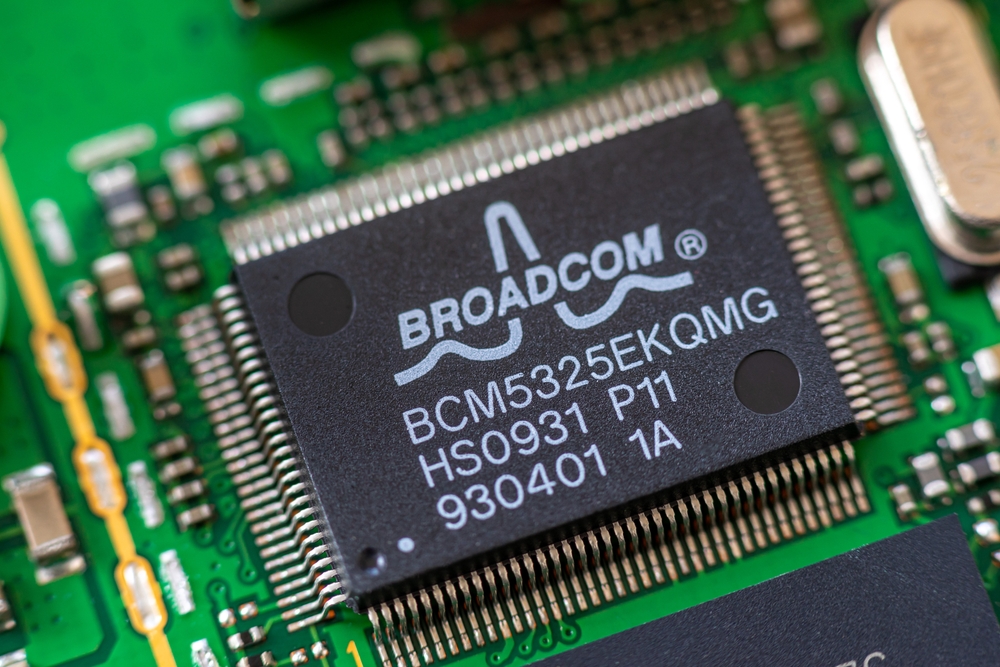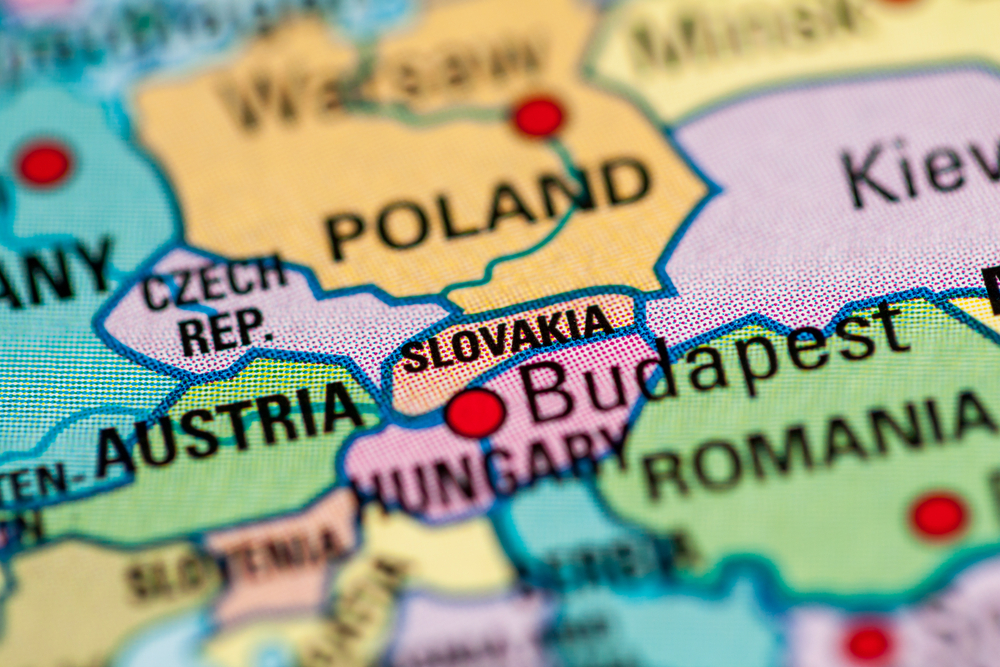Moderna, Pfizer, BioNTech, but also AstraZeneca and Novavax. These are the pharmaceutical companies that, after the outbreak of the coronavirus pandemic, literally rushed to develop a vaccine against the virus that has claimed several million lives worldwide. And many of these companies have celebrated success, which has duly reflected in the rise of their market value.
But as the pandemic faded, the world began to return to normal, and with it, the interest in the shares of companies that had worked on the coronavirus and everything around it gradually declined. Perhaps this development is most evident in the biotechnology company Moderna. Its shares could be bought for around $20 at the beginning of 2020. But in just 20 months, their value has risen to $450, a 22.5-fold increase. *
Today, a Moderna share can be bought for $70.* In addition, Moderna is experiencing a big drop in sales and is operating in the red. The main reason for this is that Moderna has not yet been able to capitalize on the knowledge gained during the cover-up elsewhere and seems to be missing the train.

Moderna Inc's share price performance over the last 5 years (source: www.investing.com)*
But that doesn't mean that investors should disregard the pharmaceutical sector as a whole. In fact, the Covid pandemic has only temporarily drowned out another pandemic that, while not infectious, is spreading as quickly as respiratory viruses. The world (especially the developed world) has been facing an obesity pandemic for many years. Hand in hand with obesity is the spread of diabetes.
It is on a cure for diabetes that the Danish pharmaceutical company Novo Nordisk is betting. It is one of the most successful pharmaceutical companies in the world and one of the most valuable European companies ever. Its success is likely to be compounded, as Novo Nordisk has recently come up with products that can significantly reduce body weight. These are the prescription drugs Wegova and Ozempic.
Similar products are or will be marketed by the US pharmaceutical group Eli Lilly. Although its drug Mounjaro is intended for the treatment of diabetes, it can also reduce weight. In addition, a few days ago, the US Food and Drug Administration (FDA) approved Eli Lilly's weight-loss drug, which will be available on the market under the name Zepbond.
The shares of both companies are thus flying upwards. Eli Lilly is up nearly 64 percent since the beginning of this year, and Novo Nordisk shares have added nearly 47 percent.* Eli Lilly's market capitalization currently stands at more than $567 billion, making the company more than $200 billion more valuable than the world's largest and most valuable pharmaceutical group, Johnson & Johnson, until recently. Novo Nordisk is already closing in on Johnson & Johnson.

Eli Lilly and Company's share price performance over the last 5 years (source: www.investing.com)*

Novo Nordisk A/S share price development over the last 5 years (source: www.investing.com)*
It might seem like a bad time to invest in shares of either Eli Lilly or Novo Nordisk. The fact is, of course, that those who invested at least at the beginning of this year have undoubted reason to rejoice. But that does not mean that such an investment would not be worth considering now. The market for obesity drugs is at the very beginning of its growth. According to the US investment bank Goldman Sachs, this market will be worth around six billion dollars this year. But it is set to grow to at least $100 billion by the end of this decade.[1] It is therefore very likely that Novo Nordisk and Eli Lilly will both have a significant share of the market. Even with this, the obesitology segment will be attractive for other players to enter. However, Novo Nordisk and Eli Lilly have a big head start so far.
---
* Past performance is no guarantee of future results.
[1] Forward-looking statements are based on assumptions and current expectations, which may be inaccurate, or on the current economic environment, which may change. Such statements are not guarantees of future performance. They involve risks and other uncertainties that are difficult to predict. Results may differ materially from those expressed or implied by any forward-looking statements.
 Polish
Polish
 English
English
 Slovak
Slovak
 Czech
Czech
 Hungarian
Hungarian
 Italiano
Italiano





